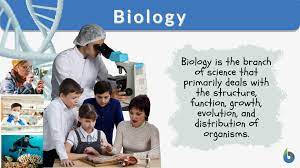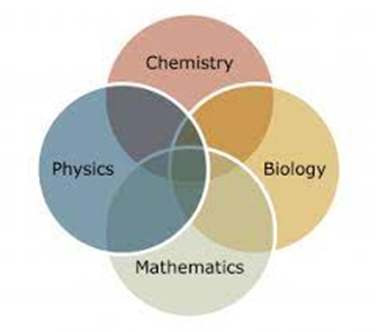MECHANISM OF ENZYME ACTION
Two
hypotheses have been put forward to explain the mode of enzyme action.
01.Lock and key hypothesis: This
hypothesis was given by Email Fischer in 1984. According to this hypothesis,
both enzyme and substrate molecules have specific geometrical shape. It is
similar to the system of lock and key, which have special geometrical shapes in
the region of their activity. The active site contains special group having –NH2,
-COOH, -SH for establishing contact which the substrate molecule. Just as a
lock can be opened by its specific key, a substrate molecule can be acted upon
by a particular enzyme. This explains the specificity of enzyme action. After
coming in contact with the active site of enzyme, the substrate molecule forms
a complex called enzyme substrate complex. In this enzyme substrate complex,
the molecules of the substrate undergo chemical change and form products. The
product no longer fits into the active site and escapes in surrounding medium,
leaving the active site free to receive more substrates molecules
Enzyme + Substrate → Enzyme – Substrate Complex
Enzyme – Substrate Complex → Enzyme + End
Products
This theory
explains how a small concentration of
enzyme can act upon a large amount of the substrate. It also explain how the
enzyme remains unaffected at the end of chemical reaction.. the theory how a
substance having a structure similar to the substrate can work as a competitive
inhibitor.
Lock and key
hypothesis to show the specificity of enzymes
01.Induced fit hypothesis: This hypothesis was proposed by Koshland in 1960. According to this hypothesis the active site of the enzyme does not initially exist in a shape that is complementary to the substrate but it induced to assume the complementary shape as the substrate becomes bound to the enzyme. According to Koshland, the active site reaches a complementary shape in a similar way as a hand induces a change in the shape of glove. An active site of an enzyme is crevice or a pocket into which the substrate first. Thus, enzyme through their active site, catalyze reactions at a higher rate. Hence according to this model, the enzyme and its active site is flexible and the active site of the enzyme contains two groups.
a. Buttressing group meant for supporting substrate.
b. Catalytic group meant for catalyzing the reaction when substrate comes in contact with the buttressing group, the active site changes to bring the catalytic group opposite the substrate bonds to be broken
a.





0 Comments